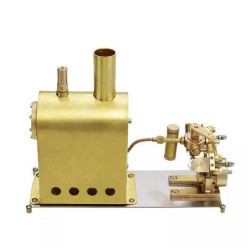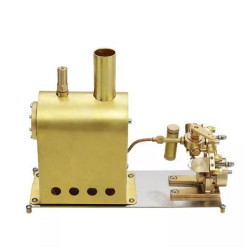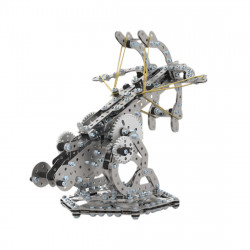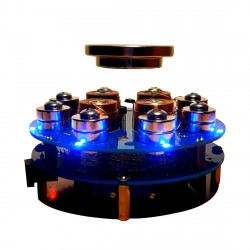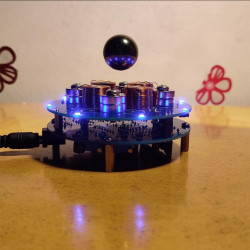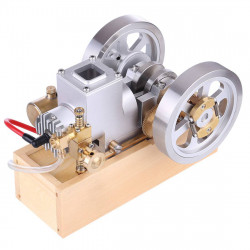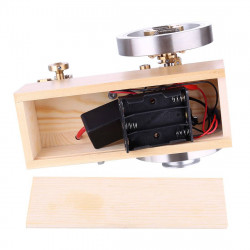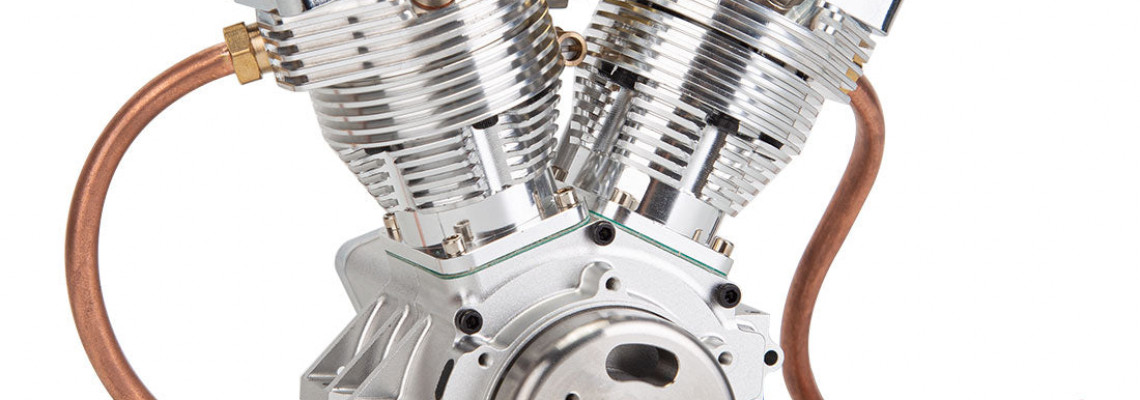
Parallel Twin vs. V-twin
The variety of motorcycle engines is equal to or greater than that of automobile engines. We have several options since engineers had to get creative and create the most compact engine feasible due to the relatively limited area they were given. Due to their ample space, large sports bikes are equipped with a four-cylinder inline engine. Because it fits the bike's tall and broad frame, upright tourer motorcycles use V-shaped engines. Since no other engine would fit, scooters are equipped with a modest one-cylinder engine. As the name implies, a V-twin engine powered Honda's Africa Twin for the most extended period. What does it mean for the new one to have a parallel twin, and what are the differences?
There will be reasons for and against, as with any versus. Let's review the advantages and disadvantages of each. You must first understand what both engines are. The V-twin is a two-cylinder, V-shaped engine. Depending on the bike, its dimensions, and the intended use, it can be installed either longitudinally or transversely. A straight-twin engine, in which the cylinders are arranged in a line, one behind the other, is also known as a parallel twin.
The parallel twin's packing is its primary benefit. Although the V-twin is incredibly small, it may produce a sizable engine when an alternator is added to one end and a primary drive to the other. Since there are no space savings with the V-twin anyhow, the parallel-twin can easily match it in that regard. The engine can move slightly forward toward the front wheel thanks to the vertical cylinders next to each other. Additionally, there is plenty of room behind the cylinders for all the engine accessories because the rear cylinder and exhaust pipe do not take up space at the back of the engine compartment.
Even while parallel twins typically need a balancer, this isn't a significant problem. The majority of balanced V-twins use twin balance shafts or offset crankpins with a 90-degree V angle, which aren't very dependable. The piston-shaking force is significantly higher than that of the parallel twin since they typically have larger displacements.
With two crankpins oriented at 270 degrees, the Africa Twin parallel-twin engine produces exhaust syncopation comparable to the V-twin and, according to some, even increases traction. Honda came up with a clever way to update one of its historic vehicles while maintaining its conventional design.
Regarding the sound, that actually depends on personal taste. Although the parallel twin's noise is different than the V-twin's, it's still not horrible. Although it's not as original or distinctive, it's still not a deal breaker. Nothing could ever replace that magnificent V-twin roar, but we don't mind those who prefer the parallel twin's exhaust noise.
